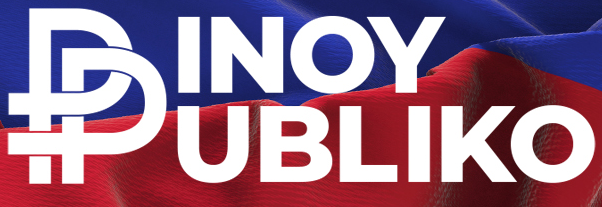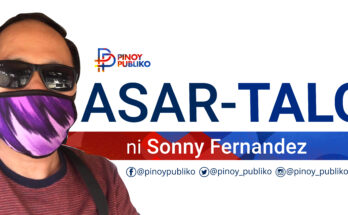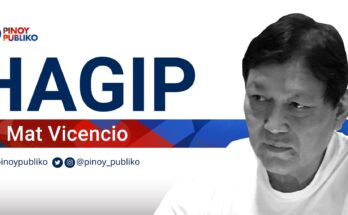IF there is one key realization in the field of education post-Covid 19, it is the fact that communication should and must rightly join today’s frontline battles.
Before the pandemic, education communication is merely an incidental and peripheral consequence of policymaking, its potential was really never deeply appreciated. Because public relations and communication, believed by many public managers, are reserved solely for those who need to get elected to office.
The past two years however taught us otherwise.
It’s the ominous and wise warning of the ages and a difficult lesson to master for some – that is, not getting the right message on time has triggered the downfall of kings and empires.
For some rather more unfortunate events, it was the ultimate culprit and catalyst.
Communication in education post-Covid 19 now takes the same informed perspective. As crisis breeds instability, we must now learn to listen and adapt accordingly. And fast enough as well to outpace those who seek to confuse and divide.
Even as we continue our role as educators, we also need to realize that in the age of Web 2.0 we are the public faces of a department. Whatever we put out in social media does not only affect us but consequently impact the rest of the one million teachers and non-teaching personnel. Gone are the days when our actions can easily be seen as truly quaint and isolated.
The Department of Education has been severely battered and attacked unceasingly in the past two years. And often the attacks take a bitter and more personal turn.
Vilified so ruthlessly and called by ghastly names, Secretary Leonor Magtolis Briones, was blamed singularly for an entire century of education issues. When the critics cannot attack her integrity and wisdom, they used her age against her.
To the Secretary’s credit however (and herein lies my admiration for her tenacity) she stood her ground, and she has spoken her truth calmly amid the charged and perturbed noise and dust of public debate.
To lead daringly and bravely when she could have opted a peaceful retirement, at the most precarious time for the Department of Education, is a lesson in resiliency that we seldom see in this generation.
She was the most unlikely leader we never knew we needed. An octogenarian who has seen it all and one of the last Titans of the post war era of nation builders – she puts our youthful idealism and enthusiasm to shame.
For us who are young and restless in government, her zeal to reform the largest bureaucracy in the country is something we must learn from. Some government workers just simply stop working or slowly fade away eagerly awaiting their retirement, but she is not going to ‘slowly fade away’ like the rest of them. She resists and insists against the ‘dying of the light’.
I have also seen leaders rise and fall with one controversy and one fatal slip of the tongue, but the Secretary stayed rational through and through while doing a very delicate balancing act of. She kept the faith and she toed the line. Never going down to the level of those who wanted desperately to drag her down. And she can teach us one thing, it’s to master calm and dignity in the middle of a mad lynch mob bloodthirsty for scapegoats.
Against all odds, her performance ratings went up during the last quarter of 2021 and the Department of Education also recovered seven points in the latest Pulse Asia Survey. The recent Philippine Trust Index has also noted the very high trust rating of the Department of Education during the past year.
The ratings however are just half of the story. When probed as to what made the trust rating stay close to pre-pandemic levels, the researchers behind the study also observed that apart from the presence of a strong leadership, the activities of DepEd’s ‘information frontliners and school personnel on the ground have been the penultimate secret ingredient. Because every communication activity and campaign in the world can never become successful if it is not owned by all those who are involved.
And that’s also the reason why I am exploring another communications platform today. By starting this column, I also join the Department and the Secretary publicly in education communication battles.
I am honored to also join our information frontline heroes in our thousands of schools in every corner of the country – the thousands of unnamed teachers and non-teaching personnel who became overnight journalists, videographers, social media managers, graphic artists and even broadcasters – rising to the daunting challenge of ensuring that all the inspiring and relevant stories of education will reach every remote village and isolated island in the country.
They are the human faces of the emerging discipline and practice of education communication in the country. Because in the frontline of communications struggles, it is a comfort to know that one is not merely a voice in the wilderness but rather a part of a bigger chorus of inspired public servants.
Because if it takes a nation to raise a child, as the often-quoted aphorism would say, it will also take the entire Department of Education to protect our institution. Because even while at times we might be inadvertently trapped in the erratic ebb and tide of pandemics, wars and crisis, we remain strong – dahil, DepEd Tayo.
Para sa reaksyon o komento at tanong mag-email sa admin@pinoypubliko.com




